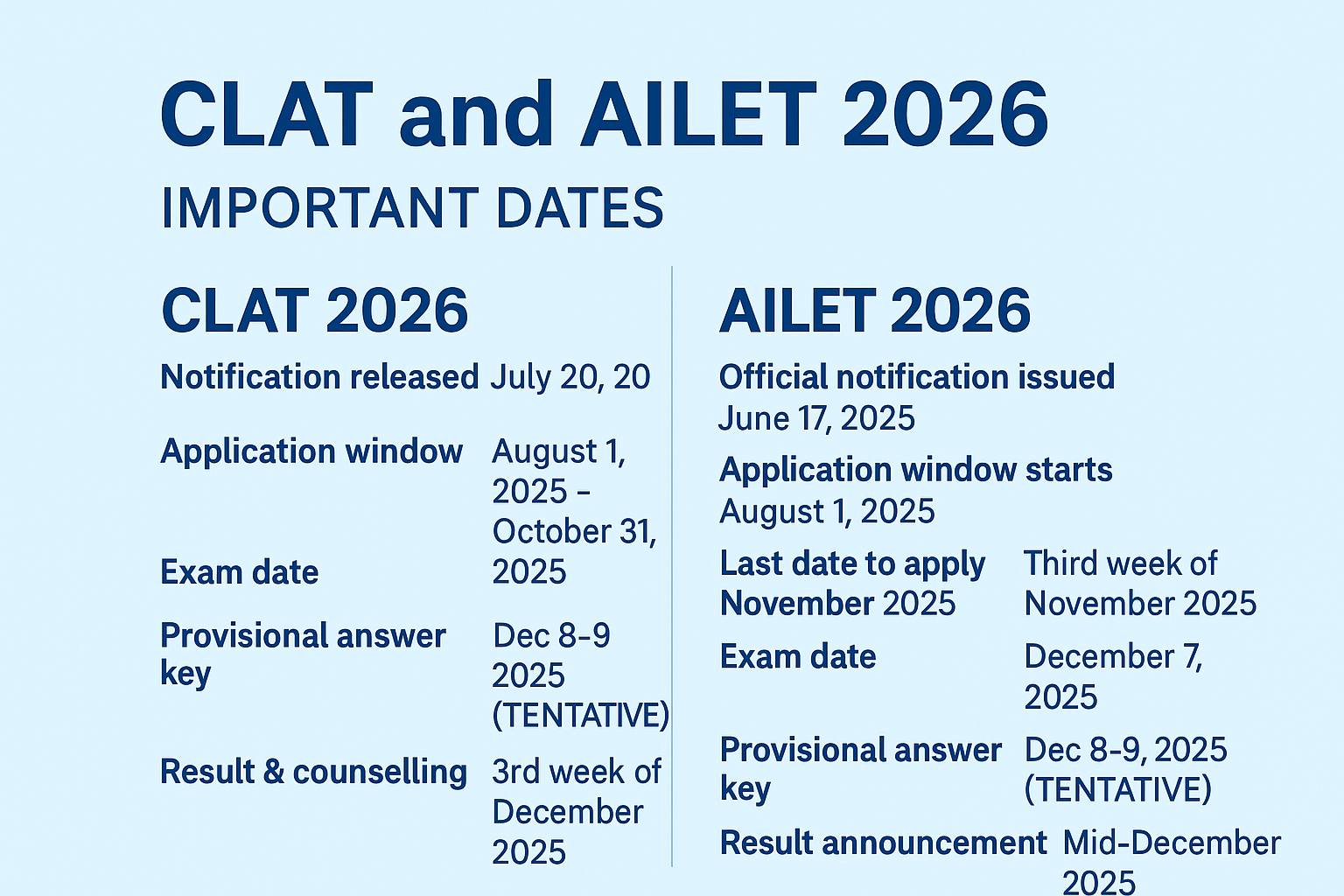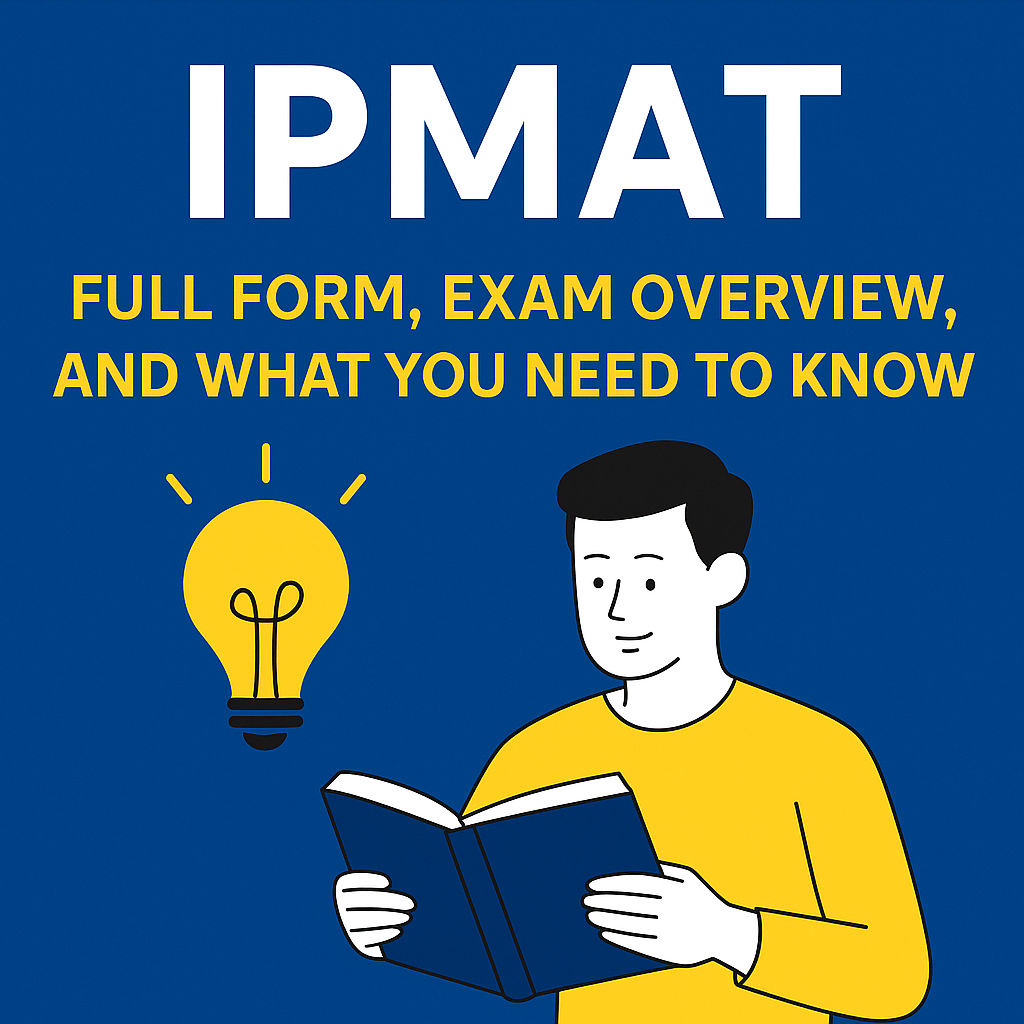By I Aug 20, 2024
Understanding legal concepts can be quite tough for students, especially with all the big words and complicated ideas. This article aims to break down these challenging law topics into simpler terms. Whether you're a high school student thinking about law school or just curious about how the legal system works, this guide will help you get a better grasp of some tricky legal subjects.
Key Takeaways
- Legal jargon can be confusing, but breaking down complex terms can make it easier to understand.
- The legal system has a specific structure, including different levels of courts and various legal professionals.
- Contract law includes key elements like offer, acceptance, and consideration, and understanding these can help in recognizing valid contracts.
- Torts and personal injury law involve understanding different types of wrongdoings and the concept of negligence.
- Criminal law covers various types of crimes and the processes involved in the criminal justice system.
Understanding Legal Jargon
Breaking Down Complex Terms
Legal jargon can be confusing, but breaking down complex terms can make it easier to understand. Start by simplifying legal language. For example, instead of saying "collateral estoppel," you can think of it as a rule that stops someone from arguing something in court that has already been decided. This approach helps in grasping the core meaning of legal concepts.
Common Legal Phrases and Their Meanings
Here are some common legal phrases and their meanings:
- Negligence: Failing to take proper care in doing something, which results in damage or injury to another.
- Breach of Contract: When one party does not fulfill their part of the agreement.
- Jurisdiction: The authority given to a legal body to make decisions and judgments.
Using a reliable source like Black's Law Dictionary can help you understand these terms better.
Resources for Learning Legal Vocabulary
To master legal vocabulary, consider these resources:
- Black's Law Dictionary: A comprehensive dictionary for legal terms.
- Online Legal Glossaries: Websites that offer definitions and explanations of legal terms.
- Legal Textbooks: Books that provide in-depth explanations and examples.
Developing a daily reading habit across various genres can also help in understanding intricate materials.
By using these resources, you can improve your legal vocabulary and be better prepared for exams and legal discussions.
The Structure of the Legal System
Understanding the legal system can be like deciphering a complex puzzle. However, breaking it down into smaller parts makes it easier to grasp. Here, we will explore the hierarchy of courts, the roles of legal professionals, and the concept of jurisdiction.
Principles of Contract Law
Elements of a Valid Contract
A valid contract has several key elements. First, there must be an offer and acceptance. This means one party proposes a deal, and the other agrees to it. Consideration is also essential, which refers to something of value exchanged between the parties. Additionally, both parties must have the capacity to enter into a contract, meaning they understand what they are agreeing to. Lastly, the contract must have a lawful purpose.
Breach of Contract and Remedies
When one party does not fulfill their part of the contract, it is called a breach. Remedies for a breach can include damages, which is money paid to the wronged party. Sometimes, the court may order specific performance, requiring the breaching party to fulfill their obligations. Another remedy is rescission, which cancels the contract and returns both parties to their original positions.
Case Studies in Contract Law
Studying real-life cases helps understand how contract law is applied. For example, in the famous case of Carlill v. Carbolic Smoke Ball Company, the court ruled that advertisements can be considered offers if they promise something specific. This case is often used to illustrate how courts interpret offers and acceptances in contracts.
Torts and Personal Injury Law
Types of Torts
Torts are civil wrongs that cause harm or loss. They can be intentional, like assault and battery, or unintentional, like negligence. Understanding these nuances is crucial for anyone involved in legal disputes regarding these matters. Intentional torts involve deliberate actions, while unintentional torts occur due to carelessness.
Negligence and Liability
Negligence is when someone fails to take reasonable care to avoid causing injury or loss to another person. This is a key concept in personal injury law. The injured party must prove that the other party's negligence caused their injury. Legal causation is complex, emphasizing the importance of foreseeability and evolving legal standards.
Famous Tort Cases
Studying famous tort cases helps understand how tort law is applied. Cases like Donoghue v. Stevenson and Palsgraf v. Long Island Railroad Co. are landmark decisions that shaped modern tort law. These cases highlight the importance of judicial precedents and practical implications in tort law.
Criminal Law Fundamentals
Classification of Crimes
Crimes are generally classified into three main categories: felonies, misdemeanors, and infractions. Felonies are the most serious crimes and can result in severe punishments like long-term imprisonment. Misdemeanors are less severe and usually result in shorter jail terms or fines. Infractions are minor offenses, often punished with fines.
The Criminal Justice Process
The criminal justice process involves several steps, starting from the investigation to the final verdict. The key stages include:
- Investigation: Law enforcement agencies gather evidence and identify suspects.
- Arrest: Suspects are taken into custody based on evidence.
- Prosecution: The case is presented in court by the prosecutor.
- Trial: Both sides present their arguments and evidence before a judge or jury.
- Verdict: The judge or jury decides if the suspect is guilty or not.
- Sentencing: If found guilty, the judge determines the punishment.
Defenses in Criminal Law
In criminal law, defendants can use various defenses to challenge the charges against them. Some common defenses include:
- Self-defense: Claiming the act was to protect oneself from harm.
- Insanity: Arguing that the defendant was not in a sound state of mind during the crime.
- Alibi: Providing evidence that the defendant was elsewhere when the crime occurred.
- Duress: Claiming the defendant was forced to commit the crime under threat.
Understanding these defenses can help students grasp the complexities of criminal law and how it is applied in real-life scenarios.
Mastering these concepts is essential for anyone interested in pursuing a career in law.
Constitutional Law Basics
Key Constitutional Principles
Constitutional law is the foundation of a country's legal system. It outlines the structure of the government, the distribution of powers, and the fundamental rights of citizens. Understanding these principles is crucial for anyone studying law. Key principles include the separation of powers, checks and balances, and the rule of law. The separation of powers ensures that no single branch of government becomes too powerful. Checks and balances allow each branch to monitor and limit the actions of the others. The rule of law means that everyone, including government officials, is subject to the law.
Landmark Constitutional Cases
Landmark cases have shaped constitutional law over the years. These cases often address significant issues and set important legal precedents. For example, in the United States, cases like Brown v. Board of Education and Roe v. Wade have had profound impacts on society. Brown v. Board of Education ended racial segregation in public schools, while Roe v. Wade addressed women's rights to privacy and abortion. These cases highlight the evolving nature of constitutional law and its role in promoting social justice.
Rights and Freedoms
Constitutional law also protects the rights and freedoms of individuals. These rights are often enshrined in a bill of rights or similar document. Common rights include freedom of speech, freedom of religion, and the right to a fair trial. Understanding these rights is essential for recognizing when they are being upheld or violated. For instance, the right to a fair trial ensures that everyone has access to justice, regardless of their background or circumstances.
Constitutional law establishes the framework for democracy, with fundamental rights as a key element. These rights protect individual liberties and promote social justice. Understanding their historical context and implications is vital for every citizen.
Property Law Essentials
Types of Property
Property can be broadly classified into two categories: real property and personal property. Real property refers to land and anything permanently attached to it, like buildings. Personal property, on the other hand, includes movable items such as cars, furniture, and electronics.
Property Rights and Ownership
Property rights define the legal ownership and control over property. These rights include the ability to use, sell, lease, or transfer the property. It's important to understand that ownership can be shared, such as in joint tenancy or tenancy in common.
Disputes and Resolutions in Property Law
Disputes over property can arise for various reasons, including boundary issues, ownership claims, and lease disagreements. Resolving these disputes often involves legal proceedings, mediation, or arbitration. Having a clear understanding of property laws can help in effectively managing and resolving such conflicts.
Understanding property law is crucial for anyone dealing with real estate or personal property. It helps in protecting your rights and resolving disputes efficiently.
International Law Overview
Sources of International Law
International law comes from several sources. Treaties are formal agreements between countries. Customary international law is based on practices that countries follow out of a sense of legal obligation. General principles of law recognized by civilized nations also play a role. Judicial decisions and scholarly writings can help interpret these laws.
International Organizations and Treaties
International organizations, like the United Nations, help create and enforce international law. They provide a platform for countries to discuss and resolve issues. Treaties, such as the Geneva Conventions, set rules for how countries should behave in specific situations, like during war.
Case Studies in International Law
Studying real cases helps understand how international law works in practice. For example, the Nuremberg Trials after World War II were significant in establishing accountability for war crimes. Another example is the International Court of Justice's role in resolving disputes between countries.
International law is essential for maintaining global order and addressing cross-border issues. It helps countries cooperate and resolve conflicts peacefully.
Legal Research and Writing
Effective Legal Research Techniques
Legal research is about finding the rules and laws that govern our society. It involves looking closely at what the rules are, why they exist, and how they affect people's lives. Understanding these rules is crucial for any legal professional.
There are two main types of legal research:
- Doctrinal Research: This involves finding authorities that support a legal proposition or answering a legal question. For example, you might be asked, "Does the shareholder of a company have the right to move any court against the directors' oppressive activities?" This type of research focuses on what the law is.
- Empirical Research: This involves studying a legal question with a social angle. For instance, "Have fake news laws succeeded in curbing fake news?" This type of research looks at what the law has done and often involves collecting data from people.
Writing Legal Briefs and Memos
Writing legal briefs and memos is a key skill for any legal professional. A legal brief is a document that argues why one party should win a case. A memo, on the other hand, is a document that provides information or analysis on a legal issue.
When writing a legal brief or memo, it's important to:
- Be clear and concise: Use simple language and avoid legal jargon as much as possible.
- Be organized: Use headings and subheadings to break up the text and make it easier to read.
- Be persuasive: Use strong arguments and evidence to support your points.
Citing Legal Sources Properly
Proper citation of legal sources is essential in legal writing. It shows that you have done your research and gives credit to the original authors. Here are some tips for citing legal sources:
- Use a consistent citation style: The most common citation styles in legal writing are the Bluebook and the ALWD Guide to Legal Citation.
- Include all necessary information: This includes the name of the case, the court, the year, and the page number.
- Use footnotes or endnotes: These are used to provide additional information or to cite sources.
Legal research and writing are core skills that all legal professionals require. They cannot be replaced. Corporate lawyers, litigators, academicians, judges—everyone must be a quality researcher and writer!
By mastering these skills, you can become a more effective and persuasive legal professional.
Ethics in the Legal Profession
Code of Conduct for Lawyers
Lawyers must follow a strict code of conduct to ensure they act in the best interest of their clients and the justice system. Adherence to ethical standards is crucial for maintaining public trust. This code includes principles like confidentiality, integrity, and competence.
Common Ethical Dilemmas
Lawyers often face ethical dilemmas that test their professional values. These can include conflicts of interest, issues of confidentiality, and the pressure to win cases at any cost. Navigating these dilemmas requires a strong understanding of ethical guidelines and a commitment to doing what is right.
Case Studies in Legal Ethics
Studying real-life cases helps law students understand the complexities of legal ethics. Famous cases often highlight the importance of ethical decision-making and the consequences of unethical behavior. These case studies serve as valuable learning tools for aspiring lawyers.
Ethical behavior is not just about following rules; it's about making choices that reflect the core values of the legal profession.
Preparing for Law Exams
Preparing for law exams can be a daunting task, but with the right strategies, you can make it manageable and even excel. Here are some tips to help you get ready for your exams effectively.
Getting ready for your law exams can be tough, but we're here to help! Visit our website to find tips, resources, and courses that will make your preparation easier and more effective. Don't miss out on the chance to boost your confidence and ace your exams!
Conclusion
Understanding difficult law concepts can be tough, but it's not impossible. By breaking down complex ideas into simpler parts, using real-life examples, and seeking help from trusted sources, students can make sense of even the hardest topics. Remember, the goal is to build a strong foundation in law that will help you in your future studies and career. Keep practicing, stay curious, and don't be afraid to ask questions. With dedication and the right approach, mastering law concepts can be an achievable and rewarding journey.
Frequently Asked Questions
What is legal jargon?
Legal jargon is the special language used by lawyers and legal documents. It can be hard to understand because it includes complex words and phrases.
Why is understanding the court system important?
Knowing how the court system works helps you understand where and how legal decisions are made. It shows the hierarchy and roles of different courts.
What are the key elements of a valid contract?
A valid contract must have an offer, acceptance, consideration (something of value exchanged), and mutual intent to be bound.
What is negligence in tort law?
Negligence is when someone fails to take reasonable care, causing harm to another person. It's a key concept in personal injury law.
How are crimes classified in criminal law?
Crimes are usually classified as felonies, misdemeanors, or infractions based on their severity. Felonies are the most serious.
What are some key constitutional principles?
Key constitutional principles include the separation of powers, checks and balances, and individual rights like freedom of speech and religion.
What types of property are there in property law?
Property law generally divides property into two types: real property (land and buildings) and personal property (movable items).
Why is legal research important for law students?
Legal research is crucial because it helps students find and understand laws, precedents, and legal principles. It's essential for writing legal documents and arguments.



